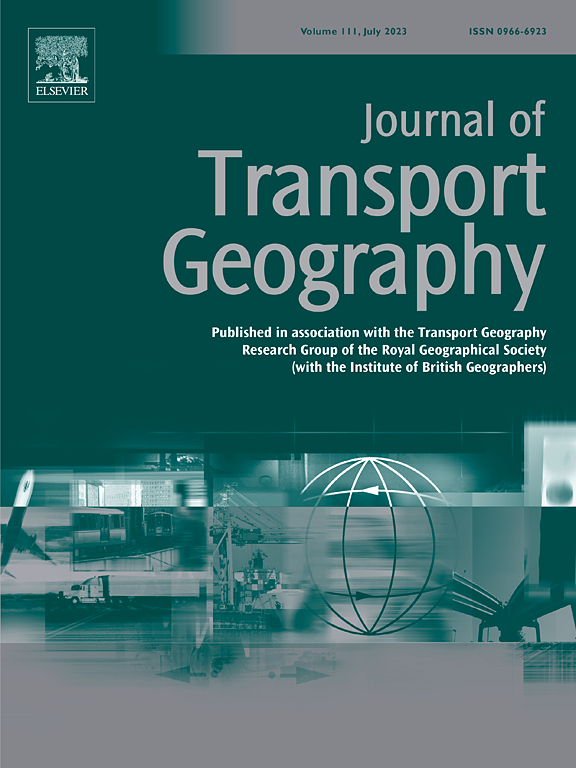Behavioural loyalty analysis of bus passengers using multi-source data fusion
IF 5.7
2区 工程技术
Q1 ECONOMICS
引用次数: 0
Abstract
Bus priority has been one of the most essential measures in achieving carbon peaking and carbon neutrality. However, in some cities, while the bus system is improving, the bus passenger volume is either growing slowly or declining. This opposite trend suggests that the behavioural loyalty of bus passengers has not been ensured despite improved bus facilities. This paper aims to enhance bus travel intention by addressing varied behavioural loyalty through a combination of survey and smart card data. The travel characteristics of bus passengers are clustered into behavioural loyalty and disloyalty using the K-means++ algorithm, and the factors influencing travel intention for these two types are analyzed using the Multiple Indicators and Multiple Causes (MIMIC) model. The findings regarding travel characteristics indicate that travel frequency for all passenger types decreases gradually as travel distance increases. Notably, long travel distances have negative effects on passenger loyalty. In terms of departure time distribution, loyal passengers exhibit more pronounced morning and evening peak periods, while disloyal passengers show less distinct evening peaks. Additionally, a significant proportion of loyal passengers engage in activities lasting 8–12 h on both weekdays and weekends. Meanwhile, the MIMIC model results indicate that both punctuality and attitude have significant positive impacts on both loyal and disloyal passengers. Loyal passengers prefer efficient and comfortable bus service, while bus travel speed, metro availability, and perceived behavioural control have positive impacts on disloyal passengers. Specific strategies are proposed based on the results of travel characteristics and the MIMIC model. These results can inform special strategies for improving bus travel intention and loyalty.
求助全文
约1分钟内获得全文
求助全文
来源期刊

Journal of Transport Geography
Multiple-
CiteScore
11.50
自引率
11.50%
发文量
197
期刊介绍:
A major resurgence has occurred in transport geography in the wake of political and policy changes, huge transport infrastructure projects and responses to urban traffic congestion. The Journal of Transport Geography provides a central focus for developments in this rapidly expanding sub-discipline.
 求助内容:
求助内容: 应助结果提醒方式:
应助结果提醒方式:


